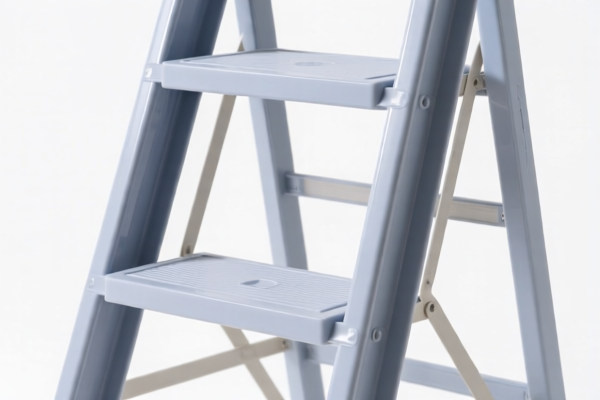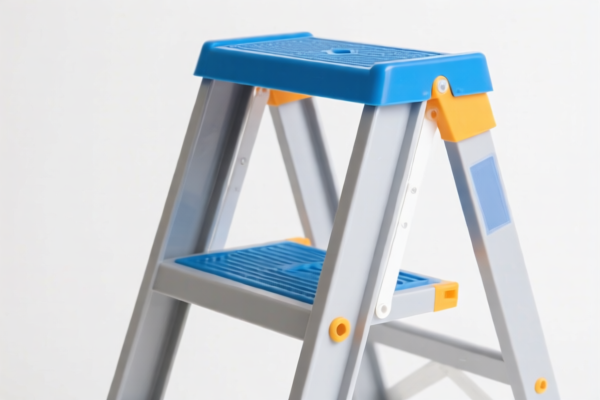| HS Code | Official Doc | Tariff Rate | Origin | Destination | Effective Date |
|---|---|---|---|---|---|
| 8445900000 | Doc | 41.2% | CN | US | 2025-05-12 |
| 8446100010 | Doc | 37.5% | CN | US | 2025-05-12 |
| 8446100090 | Doc | 37.5% | CN | US | 2025-05-12 |
| 8448420000 | Doc | 41.2% | CN | US | 2025-05-12 |
| 8448491000 | Doc | 41.2% | CN | US | 2025-05-12 |
| 8444000090 | Doc | 55.0% | CN | US | 2025-05-12 |
| 8444000010 | Doc | 55.0% | CN | US | 2025-05-12 |
| 8201906000 | Doc | 55.0% | CN | US | 2025-05-12 |
| 8206000000 | Doc | The rate of duty applicable to that article in the set subject t+30.0% | CN | US | 2025-05-12 |
| 6308000010 | Doc | 48.9% | CN | US | 2025-05-12 |
| 6308000020 | Doc | 48.9% | CN | US | 2025-05-12 |
| 6307909891 | Doc | 37.0% | CN | US | 2025-05-12 |




Weaving Tools
Weaving tools are implements used to create fabric or other woven structures by interlacing two or more sets of yarns or other materials. The specific tools employed vary significantly based on the desired fabric, complexity of the weave, and tradition of the weaver.
Materials
The materials used in weaving tools are diverse, historically and geographically. Common materials include:
- Wood: Predominantly used for looms, shuttles, heddles, and various frame components due to its structural integrity and workability.
- Metal: Frequently employed for reeds, heddles (particularly in modern looms), shuttles (for durability and speed), and complex loom mechanisms. Alloys like steel and aluminum are common.
- Fiber: Natural fibers such as bamboo, reeds, and vines are used in simpler, traditional weaving tools.
- Plastic: Increasingly used in modern tools for components like heddles, reeds, and bobbins, offering affordability and lightweight properties.
Purpose & Function
The primary purpose of weaving tools is to facilitate the controlled interlacing of warp and weft yarns. This is achieved through several core functions:
- Warp Preparation: Tools create and maintain tension on the lengthwise (warp) yarns.
- Shed Formation: Tools separate the warp yarns into layers to allow the weft yarn to pass through.
- Weft Insertion: Tools carry the weft yarn (the yarn woven across the warp) through the shed.
- Beat-up: Tools compact the woven fabric, ensuring consistent density and structure.
- Patterning: Some tools enable the creation of complex patterns within the weave.
Usage Scenarios
Weaving tools are used in a wide range of contexts:
- Textile Production (Industrial): Large-scale automated looms create fabrics for clothing, upholstery, and other applications.
- Artistic Weaving: Floor looms, table looms, and hand weaving techniques are used to create unique textiles for artistic expression.
- Traditional Crafts: Backstrap looms, rigid heddle looms, and other traditional tools are used to create textiles for cultural practices, clothing, and household items.
- Fiber Arts & Hobbies: Small looms and hand weaving techniques are used for personal projects, education, and creative exploration.
- Basketry: While distinct, basketry shares many tool and technique similarities with weaving.
Common Types
The range of weaving tools is extensive. Key types include:
- Looms: The foundational tool for weaving, providing a framework for warp tension and shed formation.
- Floor Looms: Large, complex looms operated by foot pedals, allowing for intricate weaves. (e.g., dobby looms, Jacquard looms)
- Table Looms: Smaller looms designed for portability and ease of use.
- Backstrap Looms: Simple looms utilizing body tension to maintain warp stretch, common in many indigenous cultures.
- Rigid Heddle Looms: Easy-to-use looms ideal for beginners and smaller projects.
- Shuttles: Carry the weft yarn through the shed. Can be made of wood, metal, or plastic.
- Heddles: Frames with eyelets through which warp yarns pass, controlled to create the shed.
- Reeds: Combs that compact the woven fabric after each weft insertion.
- Bobbins: Cylindrical spools used to hold weft yarn.
- Warping Boards/Pegs: Tools used to create the warp yarns before loading onto the loom.
- Temples: Devices used to maintain the width of the woven fabric during the weaving process.
- Beaters/Raddles: Tools used to push the weft yarn into place, creating a compact weave.
Based on the provided information, “weaving tools” can be classified under the following HS codes:
- 8446100010: This HS code covers Weaving machines (looms): For weaving fabrics of a width not exceeding 30 cm, Power looms. Chapter 84 (Nuclear reactors, boilers, machinery and mechanical appliances; parts thereof) covers machinery. Heading 8446 specifically addresses weaving machines (looms). The subheading 8446100010 further specifies power looms designed for fabrics 30 cm wide or less.
- 8446100090: This HS code covers Weaving machines (looms): For weaving fabrics of a width not exceeding 30 cm, Other. Similar to 8446100010, this falls under Chapter 84 and Heading 8446, but applies to power looms not specifically categorized elsewhere within that subheading.
- 8448420000: This HS code covers Parts and accessories of weaving machines (looms) or of their auxiliary machinery: Reeds for looms, healds and heald-frames. Chapter 84 covers machinery, and Heading 8448 covers parts and accessories for specific machinery, in this case, weaving machines (looms). This subheading specifically identifies reeds, healds, and heald-frames as components.
- 8448491000: This HS code covers Auxiliary machinery for use with machines of heading 8444, 8445, 8446 or 8447 (for example, dobbies, Jacquards, automatic stop motions and shuttle changing mechanisms); parts and accessories suitable for use solely or principally with the machines of this heading or of heading 8444, 8445, 8446 or 8447 (for example, spindles and spindle flyers, card clothing, combs, extruding nipples, shuttles, healds and heald-frames, hosiery needles): Parts and accessories of weaving machines (looms) or of their auxiliary machinery: Other: Shuttles. This falls under Chapter 84, Heading 8448, and covers parts and accessories for weaving machines, specifically identifying shuttles.
Important Note: Regarding HS codes 8446100010 and 8446100090, the width of the fabric the loom is designed for is a key factor in classification.
Tax Information:
- HS codes 8446100010 and 8446100090 have a base tariff of 0.0%, an additional tariff of 7.5%, and a tariff of 30.0% after April 2, 2025, resulting in a total tariff of 37.5%.
- HS codes 8448420000 and 8448491000 have a base tariff of 3.7%, an additional tariff of 7.5%, and a tariff of 30.0% after April 2, 2025, resulting in a total tariff of 41.2%.
Customer Reviews
No reviews yet.